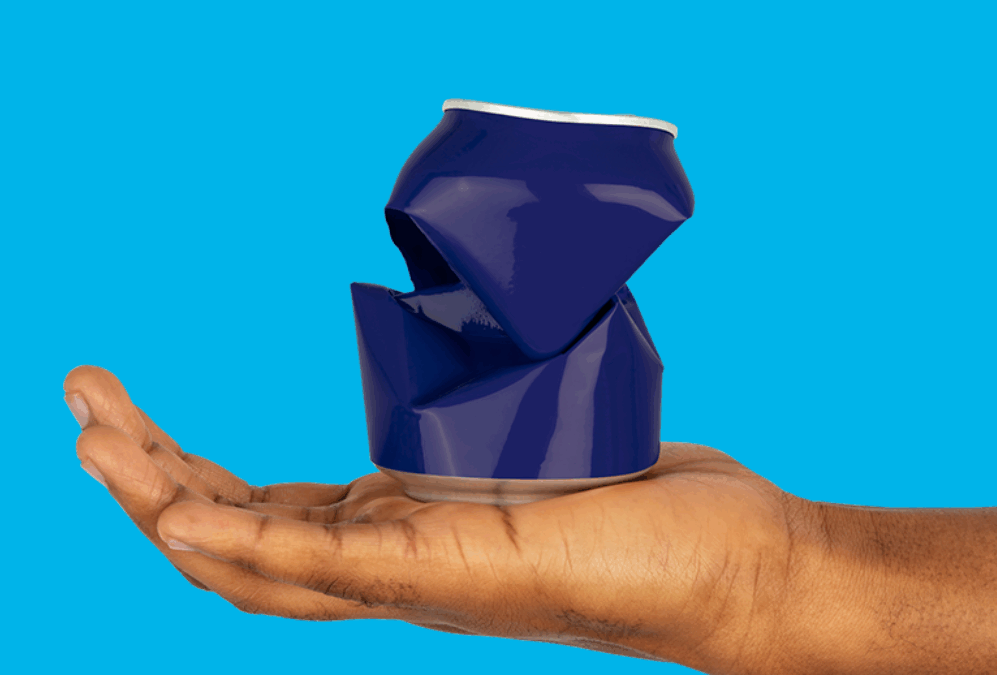Circularity is gaining prominence in citizens’ awareness. This is confirmed by the third edition of the Every Can Counts international study, conducted in 16 countries with more than 16,000 participants, which reveals broad support for deposit, refund, and return systems (DRRS) as a key tool for keeping packaging in the use cycle.
According to the report, 71% of respondents support the implementation of these systems and 88% trust their effectiveness, considering that returned packaging is recycled correctly. In addition,
“The concept of circularity does not have to be complex,” said David Van Heuverswyn, global director of Every Can Counts. “Infinitely recyclable aluminum cans demonstrate that a truly circular packaging is possible; what is lacking is awareness.”
Despite their high recycling potential, only 17% of participants identify aluminum cans as the most recyclable packaging, although they maintain the highest recycling rate in the world (71%), compared to 34% for glass and 40% for PET, according to data from the International Aluminium Institute (IAI).
The lack of knowledge about these data reflects that the transition to a circular economy requires not only efficient collection systems, but also education and communication to increase citizen participation.
Boomers, recycling champions
Support for DRRS grows with age: 59% among Generation Z, 67% among Millennials, 74% among Generation X, and 80% among Baby Boomers. The figures also vary according to the degree of implementation of the system: countries such as Ireland, Hungary, and the Netherlands, where it already works, register participation close to 90%, while in places where it is not yet applied, such as the United States or Serbia, support ranges between 58% and 86%.
The study also highlights that 71% would recycle more if the process were more fun or interactive, which demonstrates the importance of emotional and social incentives. In addition, 53% consider consumers to be primarily responsible for recycling cans, although they recognize that success depends on collaboration between citizens, industry, and administrations.
According to Alexandra Williams, president of Every Can Counts, DRRS are “only the beginning,” but their effectiveness in maintaining the value of aluminum in circulation and preventing 29% of the material from ending up in landfills each year makes them an essential tool.
In short, circularity ceases to be a technical concept to become a shared objective. “People want to be part of the change and understand why true recycling matters,” summarizes Van Heuverswyn.














